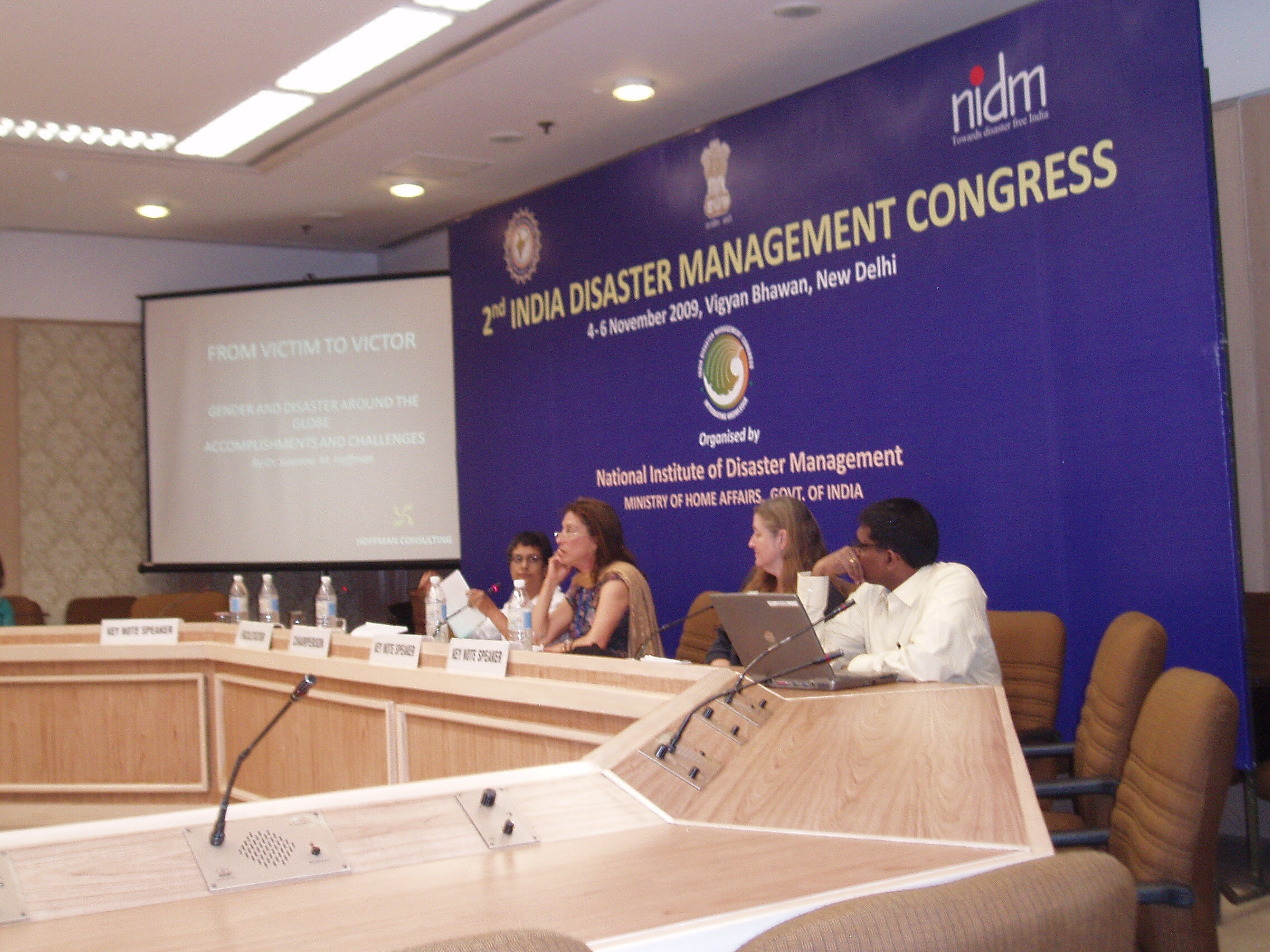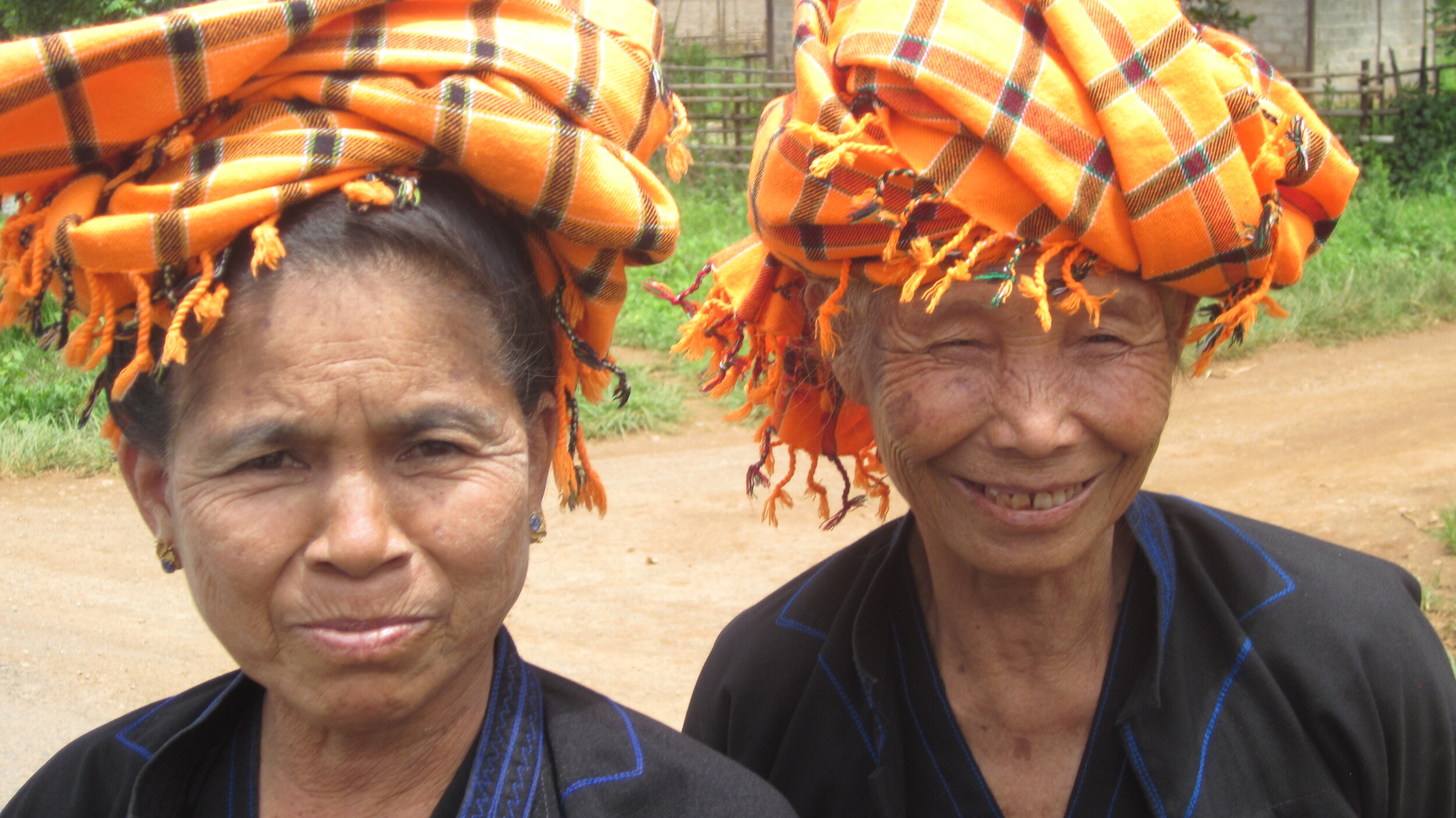
Dr. Susanna M. Hoffman
Disaster Anthropologist
Ph.D., U.C. Berkeley
Author Speaker Consultant
Background
Dr. Hoffman is an internationally recognized expert in disasters. Utilizing the multi-faceted approach of anthropology, she strives to answer the questions of “why” and “how” disasters occur. She reveals the accumulated knowledge of populations, their social structures, their use and perception of the environment, their calculation of risk, their historical coping mechanism, and the factors that have brought about their vulnerability. Cultural understanding also takes into account the political and economic factors of the affected population and increases the opportunity to provide solutions for disaster preparedness and survival.
Dr.Hoffman started and chairs The Risk and Disaster Commission of the International Union of Anthropological and Ethnographic Science
Initiated and was the first chair of The Risk and Disaster Group of the Society for Applied Anthropology
Board member of the Culture and Disaster Action Network (CADAN)
Disasters do not just happen.
They take place when two key factors merge: 1) a human population with its long evolved customary way of living and 2) a potentially destructive agent that is part of a total ecological system, including all natural, modified, and constructed features.
Sometimes disasters strike with the sudden impact of an earthquake or oil spill. At other times they accumulate over extended periods of time with the slow progression of drought or toxic exposure. Often they arise from what are deemed “natural” characteristics of environment; On other occasion they issue from what are clearly human-manufactured cause.
. In truth, there is no such thing as a “natural” disaster. All, including those seem as arising from features of the environment as well as those stemming from something humans manufactured, are social in their origin. They issue from something humans did or did not do, calculated or ignored, arranged or allowed. In whatever manner they arrive, abrupt or subtle, seemingly environmental or a human created source, disasters are all-encompassing occurrences. In their wake they sweep across every aspect of human life: environmental, biological, and socio-cultural. It is their root social cultural causes along with their sweeping ramifications that make anthropology so important in their understanding.
“By failing to understand the cultural context of disasters and how that culture interacts with its physical surroundings, both disaster preparation and response fail to deliver the comprehension of what led to the calamity as well as the actions necessary to resolve the upheaval and forestall future events. Without that insight, a singular disaster can turn into an enduring calamity and preclude the mitigation of the next catastrophe.”
—
International Speaking:
Keynotes, Papers, and Presentations
Dr. Hoffman gives around thirty keynotes, papers, and presentations on disaster issues a year, at conferences, disaster sites, and congresses of researchers, policy makers, and practitioners. Some of the places she has spoken are: India, China, Turkey, Sweden, Greece, Denmark, El Salvador, Brazil, Poland, and all over the United States. A few examples are:
Northern European Emergency and Disaster Society,
The United States Meteorlogical Society
Conference on Gender and Disaster, Ahmadabad, India
Second India Disaster Management conference, New Delhi, India
The United States Natural Hazards Meeting
International Risk and Disaster Reduction, Beijing, China
The Risk and Disaster Conferences in Chengdu, China and Kunming, China
Anthropology of Risk and Disaster Conference Coimbra, Portugal
The New York Institute of Technology
The International Union of Anthropological and Ethnographic Sciences Posnan, Poland; Sendai, Japan; Florianopolis, Brazil; Dubrovnic, Croatia; Posnan
Conferences in Milan, Amsterdam, Uzbekistan, Almanti, Khazakstan,
Africa Center for Disaster Risk Reduction, Potchesfroom, South Africa
Swedish Security and Defense Departmen, Karlstad, Sweden
More
Gender and Disaster Florida
Keynote Seminar, Swedish Security and Define, Karlstad University, Karstad, Sweden, June, 2019
First Aegean Initiative Between Greece and Turkey
Books
The Angry Earth
From hurricanes, floods, and earthquakes to oil spills and nuclear accidents, natural and technological disasters have become increasingly frequent and destructive across the planet. This ground-breaking collection of essays explores how various cultures in different historical moments have responded to calamity, offering new insights into the complex relationship between society and environment. Through case studies of communities in Great Britain, the Mediterranean, Asia and the Americas, contributors examine issues ranging from the social and political factors that set the stage for disaster, to the cultural processes experienced by survivors, to the long-term impact of disasters on culture and society.
DISASTER UPON DISASTER
Exploring the Gap between Knowledge, Policy & Practice
A consistent problem that confronts disaster reduction is the disjunction between academicand expert knowledge and policies and practices of agencies mandated to deal with theconcern. Although a great deal of knowledge has been acquired regarding many aspects of disasters, such as driving factors, risk construction, complexity of resettlement, and importance of peoples’ culture, very little has become protocol and procedure.Disaster uponDisaster illuminates the numerous disjunctions between the suppositions, realities, agendas, and executions in the world, goes on to detail contingencies, predicaments, old and new plights, and neatly advances solutions toward greatly improved outcomes.
Catastrophe and Culture
The Anthropology of Disaster
At a time of increasing globalization and worldwide vulnerability, the important insights that an anthropology perspective offer to the illumination of disasters, as this best-selling volume provides, are crucial to revealing how calamities arise and unfold. The book has been called invaluable to students of disasters, policy makers, and practitioners. The volume further depicts how the study of disaster has become an important focus for the entire filed of anthropology, one in which the four fields of anthropological study are synthesized to address the multi dimensionality of the effects on a community, its social structures, and its relationship to the environment.
Cooling Down:Local Responses to Global Climate Change
co-edited with Thomas Hylland Eriksen and Paulo Mendes
Berghahn Books, 2021 (forthcoming)
...lights up the lived experiences of climate. change populations across the globe… reminding us of the edifying acumen of ethnography.
Articles and Chapters
Dr. Hoffman has written more than forty articles and chapters.
Here is a Selection
(complete citations available upon request)
“Disaster and Climate Change”
“Katrina and Rita, A Disaster Anthropologist Perspective”
“After Atlas Shrugs: The Question of Culture or Persistence After a Disaster”
Disaster Upon Disaster: The Gap Between Risk and Disaster Knowledge, Policy and Practice
“Disasters and Their Impact: A Fundamental Feature of Environment”
“The Monster and the Mother: The Symbolism of Disaster”
“Culture:The Crucial Factor in Hazard, Risk, and Disaster Recovery”
“A Map of Recovery: A Survey of the Stages Most Disaster Survivors Endure.”
“Applying Disaster Understanding in Mitigation, Preparation, Recovery, and Aid,”
Films
Kypseli: Men and Women Apart-A Divided Reality
An award winning and celebrated film that depicts how people divide time, space, material possessions and activities and how the division determines social structure and ideology. This classic and still best-selling film is used nationwide and worldwide in courses in cultural anthropology, European ethnography and women’s and gender studies. “A strikingly beautiful and important work that should not be missed.” With Richard Cowan and Paul Aratow.
The Nature of Culture, part of the series Faces of Culture. PBS Emmy Award
“A provocative study of the structure of process of culture.”
Forthcoming Works.
Nostalgia (Pain of Past), Escalgia (Pain of Home), and Topalgia (Pain of Place): The Deep Cultural Complexities Behind the Persistent Problematic of Displacement and Resettlement (Berghahn Books, 2021)
Inplacement: Global Outbreaks and the Anthropology of Isolation, with Virginia Garcia-Acosta (Berghahn Books 2021)
The Politics of Sympathy (TBA)












